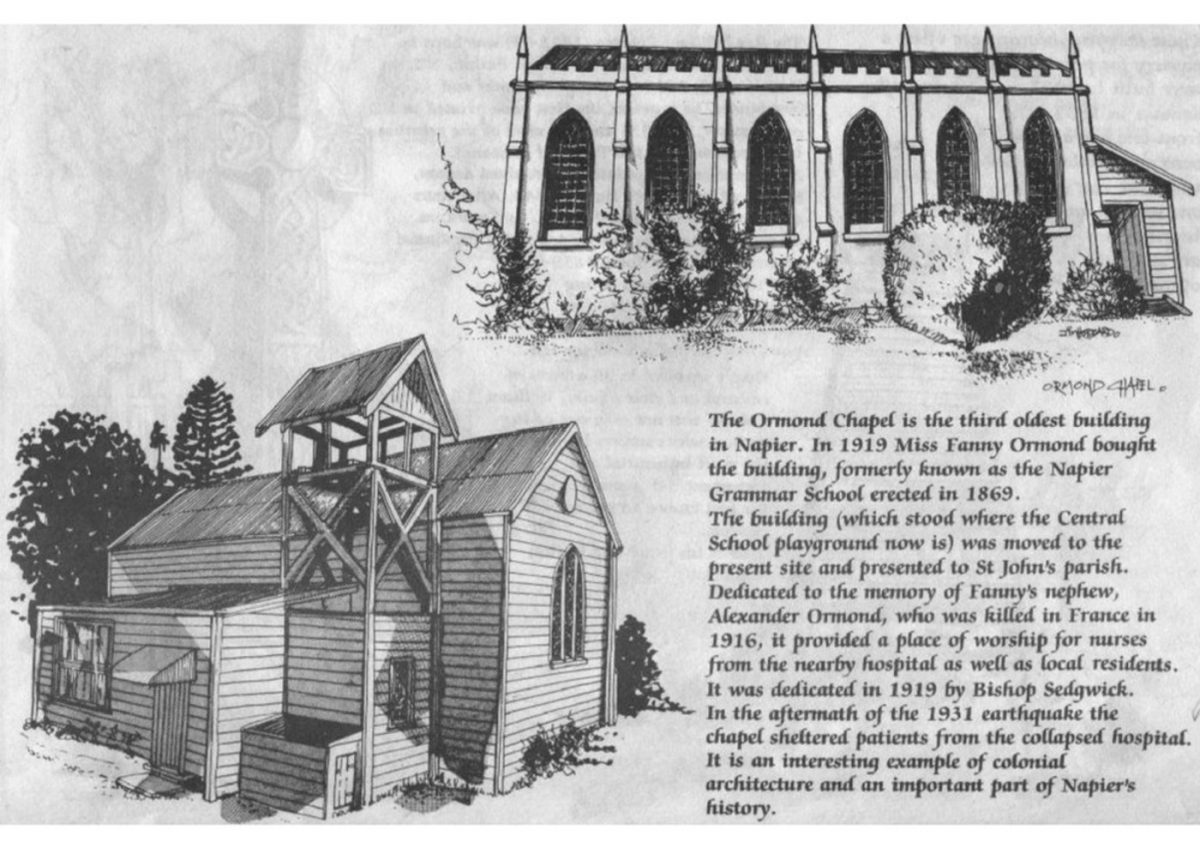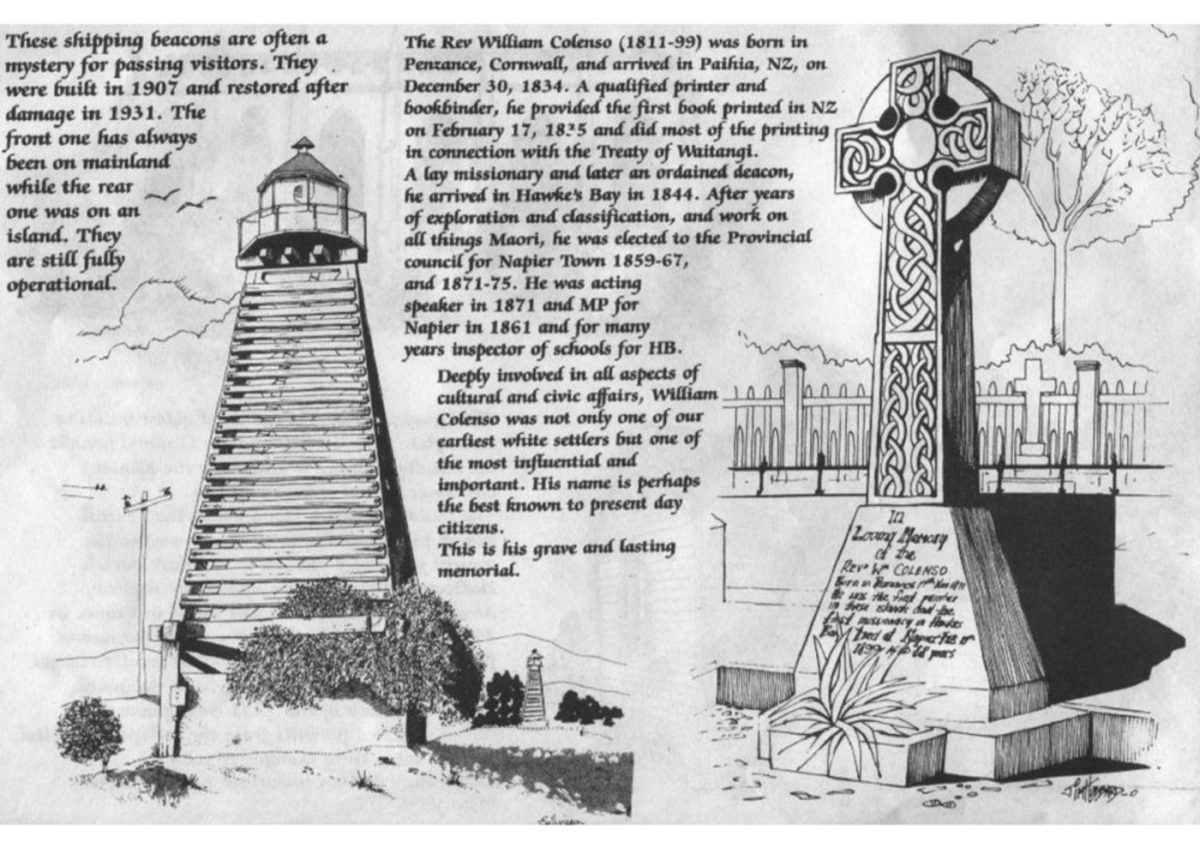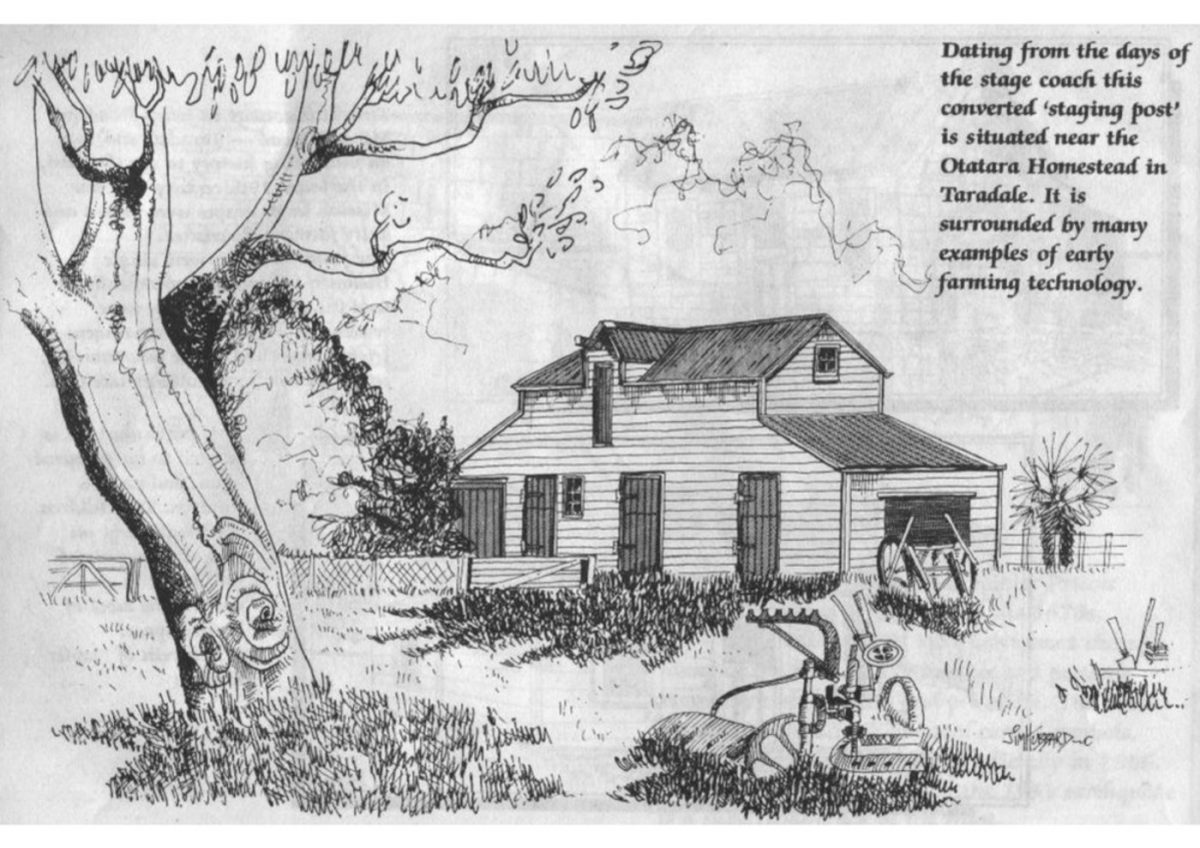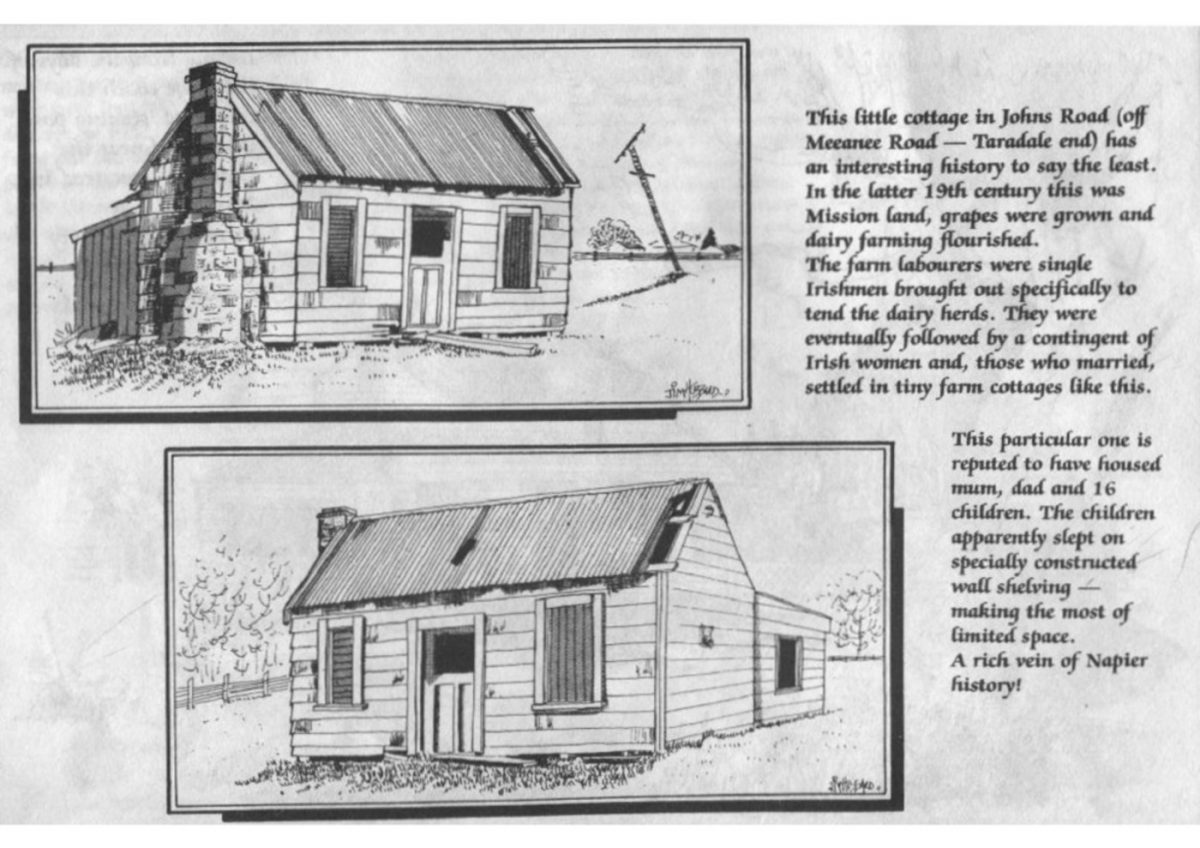Napier Line Drawings
Original digital file
NewsonJR729_NapierLineDrawings.pdf
Non-commercial use

This work is licensed under a Attribution-NonCommercial 3.0 New Zealand (CC BY-NC 3.0 NZ).
Commercial Use
Please contact us for information about using this material commercially.✖
Can you help?
The Hawke's Bay Knowledge Bank relies on donations to make this material available. Please consider making a donation towards preserving our local history.
Visit our donations page for more information.
Format of the original
BookletPeople
- Alexander Alexander
- Harata Alexander
- Reverend William Colenso
- Whiuwhiu Hoia
- Alexander Ormond
- Miss Fanny Ormond
- Bishop Sedgwick
- Mrs Mary Wilson






















Do you know something about this record?
Please note we cannot verify the accuracy of any information posted by the community.